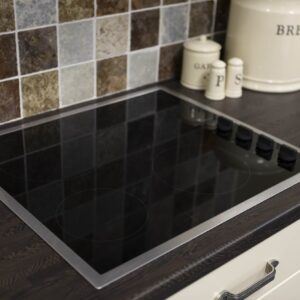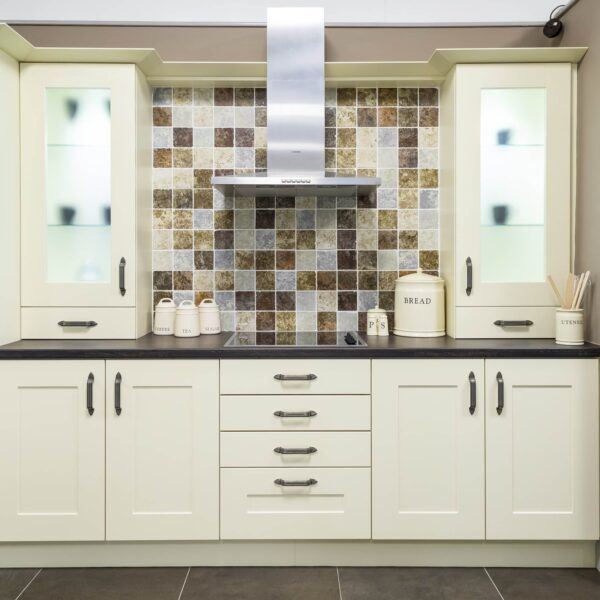Different types of hobs
A little guide to help you decide what is best for you.


Induction hob
Induction hobs combine the responsive heating of gas hobs with the easy cleaning of electric hobs. You will need induction compatible pans. When you power up an induction hob, metal coils under the hob’s glass surface create a magnetic field. This interacts with the iron in a pan’s base. An electric current is generated that transfers energy into the pan, creating heat. They heat up very quickly, and can even boil a pan of water in less time than a kettle! Induction hobs let you cook using larger pots or dishes, which would extend beyond a standard heating zone. These extended cooking areas are variously called flexi, link or bridge zones.

Ceramic hob
Ceramic hobs are electric with a smooth, easy-to-clean surface. They’re easy to use and heat up quickly, but heat distribution around the bottom of pans isn’t as good as when cooking on gas. They can be virtually flush with the work surface so they can make your kitchen look really good and neat!

Gas hob.
Gas hobs offer instant and easy-to-control heat that tends to spread evenly across the base of a pan, meaning less time stirring your dinner to get it properly cooked. Cooking on gas is less expensive than cooking on electric. But gas hobs tend to be trickier to clean than Ceramic or Induction hobs.

Venting hob.
Venting hobs take a ceramic or induction hob and place a downdraft extractor in the centre of the hob itself. This saves space as it means there is no need for a bulky extractor above the hob. The extractor in the hob sucks in any grease or steam created from cooking and pulls it down into the centre of the hob. There are metal grease filters that help catch grease from going through the ventilation system. Ventilation hobs give you the freedom to place them anywhere within the kitchen, and are very popular
















